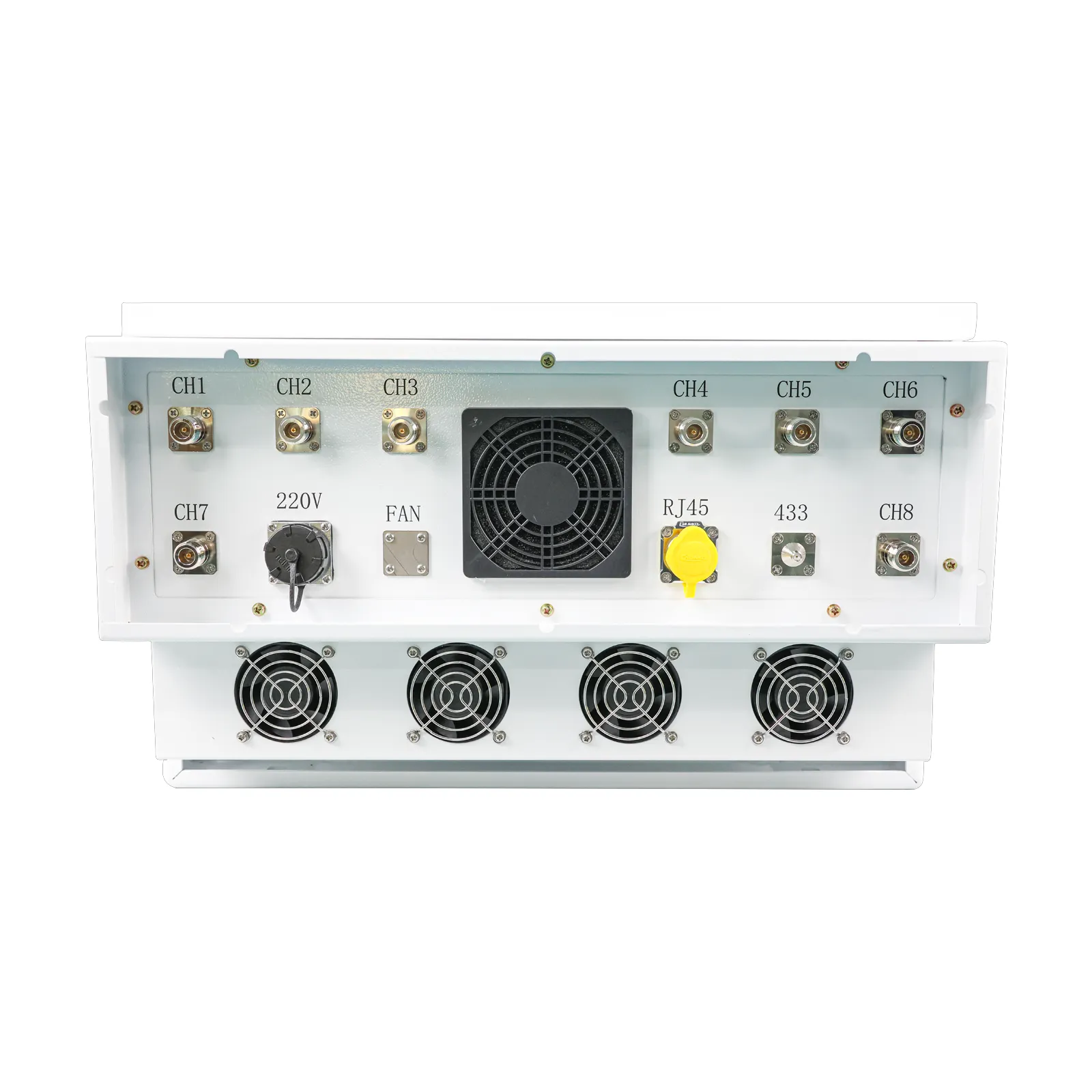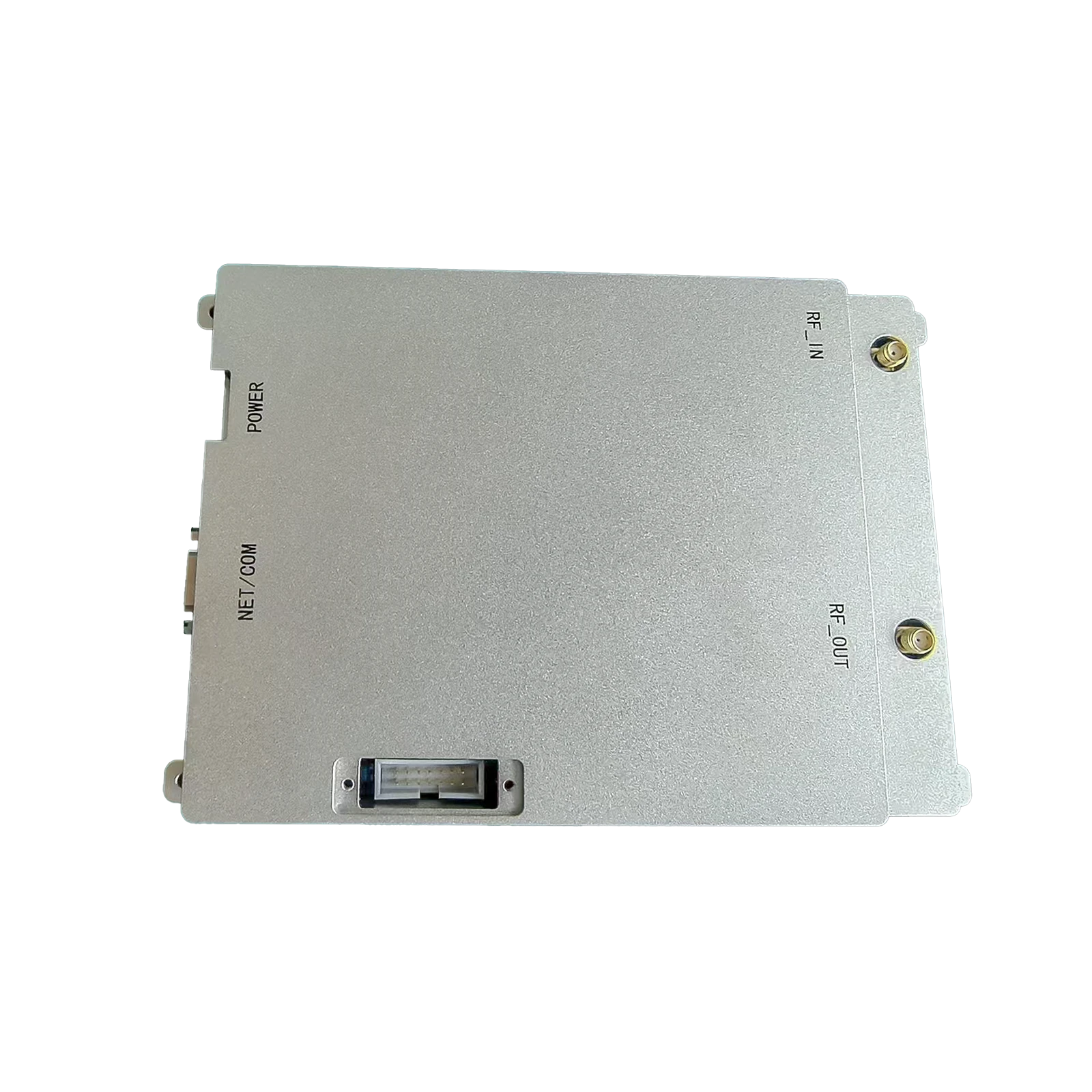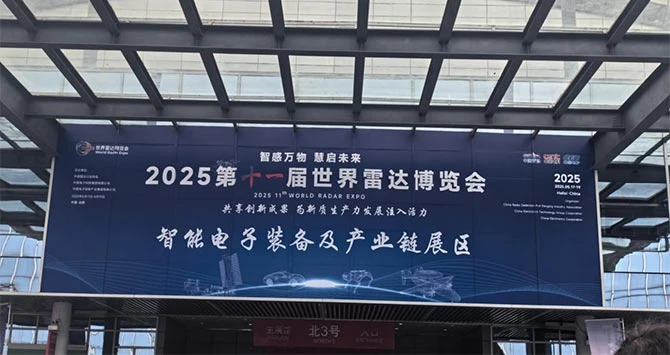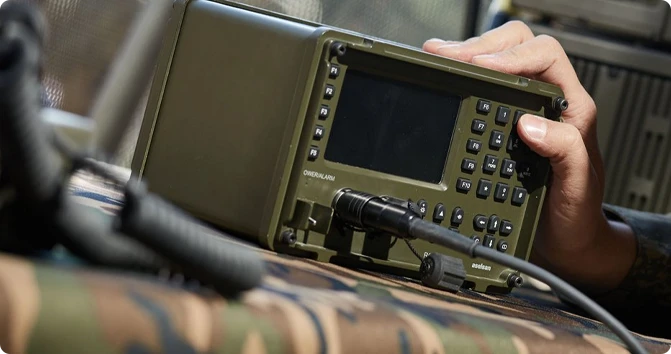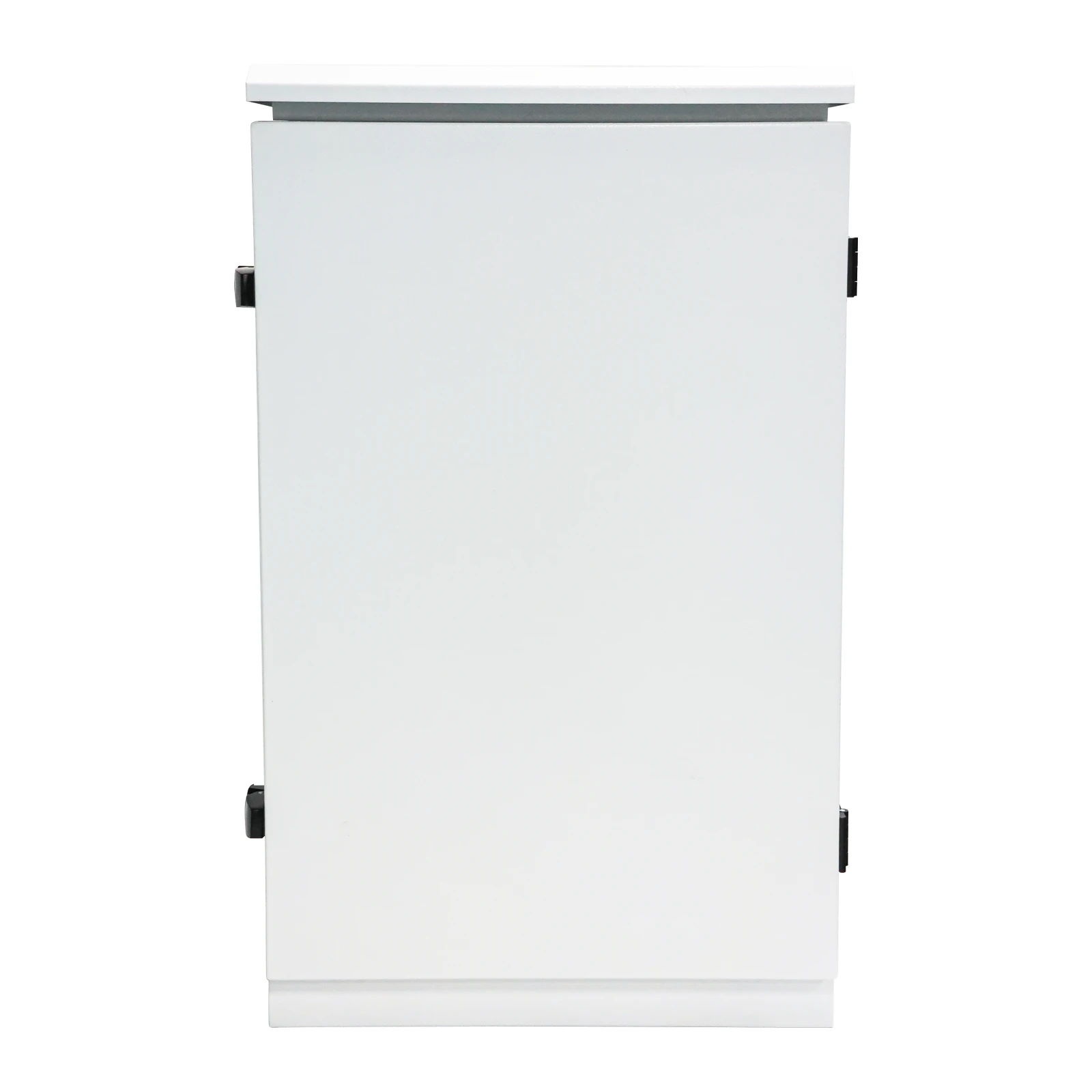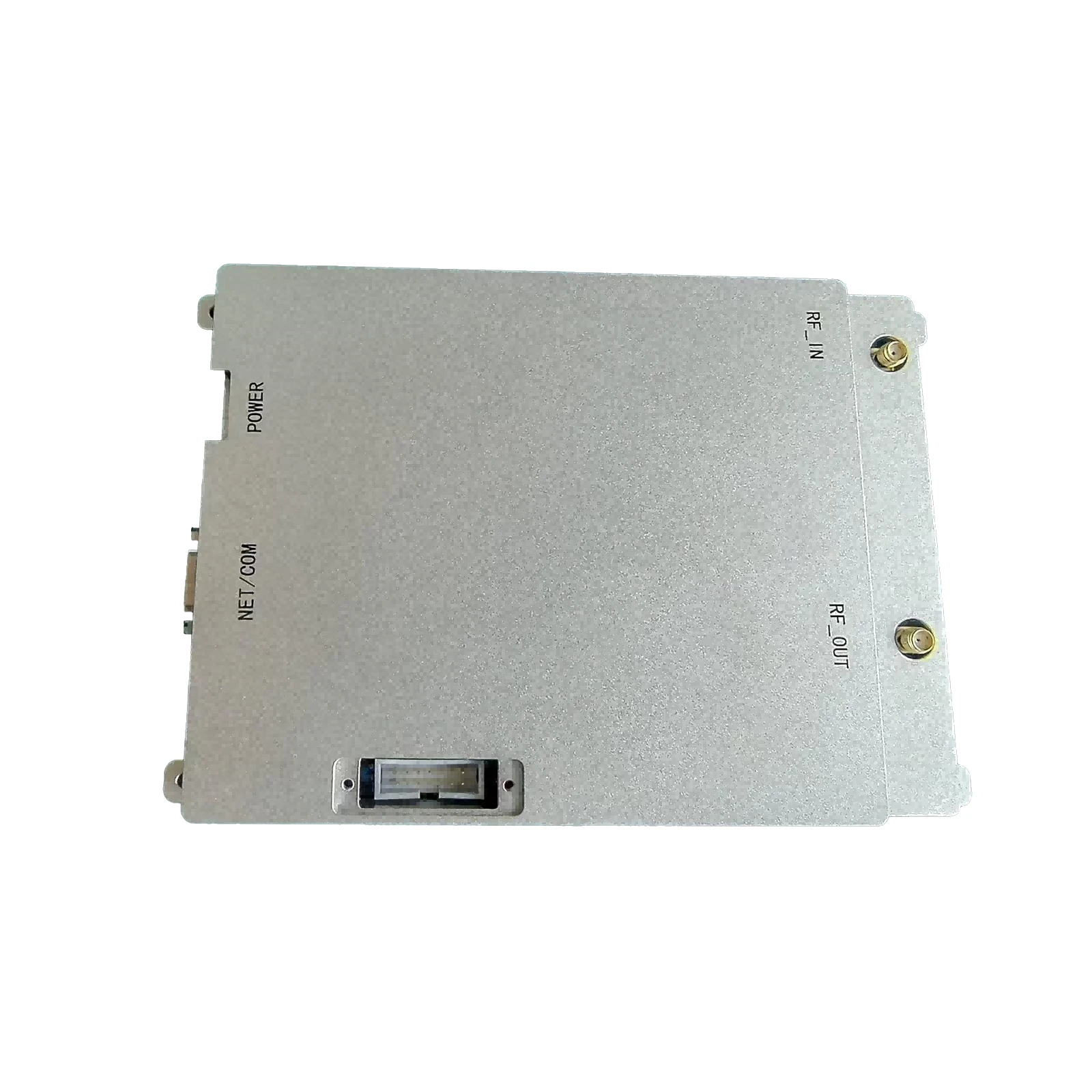Efficient & Reliable Class D RF Power Amplifiers for Modern Wireless Systems
Understanding the Class D RF Power Amplifier: Why It Matters Today
If you’ve ever wondered how wireless signals manage to travel reliably across so many devices and huge distances, you’re partly peeking into the world of radio frequency (RF) power amplifiers. Among these, the class D RF power amplifier has emerged as a favorite in many sectors—from telecom to defense—due to its efficiency and compactness. But why should this matter globally? Well, in an era of skyrocketing data consumption and increasing demands for wireless connectivity, mastering efficient amplification isn’t just about better phone calls. It’s about reducing energy consumption, lowering infrastructure costs, and pushing digital inclusion in underserved regions.
In simple terms: without these efficient amplifiers, we’d have noisier signals, shorter battery lives, and maybe even more electronic waste. Understanding them means better design choices for cleaner, greener, and more reliable communication worldwide.
A Global Glimpse: The Growing Need for Efficient RF Amplification
To get a grip on the significance of class d rf power amplifier, consider this: Worldwide mobile data traffic more than doubled between 2019 and 2023, according to the International Telecommunication Union (ITU). At the same time, the UN has pushed for universal access to internet connectivity by 2030 as part of its Sustainable Development Goals.
However, these ambitious targets pose a challenge—how do we scale wireless infrastructure without guzzling up power or inflating costs? The class D amplifier, with its switch-mode operation, answers by keeping power waste to a minimum. It’s the tech equivalent of switching a light bulb to an LED from an incandescent one—drastic efficiency improvements with big environmental benefits.
What Exactly Is a Class D RF Power Amplifier?
In the technical jungle of RF amplifiers, "Class D" might sound a bit like grading schooldays, but it’s actually a classification based on how the device amplifies signals. Unlike traditional linear amplifiers (Class A, B, AB), a class d rf power amplifier uses rapid switching to amplify power. This means it’s either fully on or off for tiny moments, dramatically reducing heat loss.
This method translates to better efficiency—sometimes exceeding 80%—which means less cooling is needed, smaller power supplies, and longer operational lifetimes. The signal integrity is often maintained by clever filtering and circuit design, so the output remains clean and precise.
How It Relates to Modern Industry and Humanitarian Needs
From powering remote communication networks in harsh environments to ensuring emergency responders stay connected during disasters, these amplifiers are more than just electrical components; they’re enablers of safety, opportunity, and innovation on a global scale. In emerging markets, lower energy demands mean systems can run on solar power or limited fuel supplies, making technology access feasible where it would otherwise fail.
Core Aspects of Class D RF Power Amplifiers
1. Efficiency
This is the headline feature. High switching efficiency leads to less thermal dissipation, cutting down on energy waste. Many engineers I’ve spoken with note that this is critical in telecom base stations that run 24/7 worldwide.
2. Heat Management & Durability
Lower heat output means fewer cooling components, which simplifies device design and boosts durability, especially in rugged field conditions—think deserts or polar zones where maintenance is tricky.
3. Compactness & Scalability
Since less heat and smaller PSUs are needed, these amplifiers can be built smaller. This compactness benefits not just engineers but cities aiming to deploy 5G nodes discreetly in tight urban spaces.
4. Cost Efficiency Over Time
Though initial tech might be pricier than old-school solutions, the total cost of ownership drops thanks to savings on power, cooling, and maintenance.
5. Signal Quality
Advanced modulation schemes are supported, which keeps the signal both strong and clean despite the switch-mode operation.
| Specification | Typical Value | Notes |
|---|---|---|
| Operating Frequency | 1 GHz – 6 GHz | Covers common telecom bands |
| Output Power | 10 W – 100 W | Scalable depending on application |
| Power Efficiency | > 80% | Minimizes energy waste |
| Supply Voltage | 12 V – 48 V | Adaptable to various power systems |
| Harmonic Distortion | Maintains signal clarity |
Mini takeaway: Class D RF power amplifiers mix efficiency and reliability to meet modern wireless demands without burning through energy or budget.
Where Are They Used? Global Applications & Real-World Examples
- Rural Telecommunications: Compact, low-energy amplifiers help power solar-run base stations in sub-Saharan Africa, breaking connectivity barriers.
- Disaster Relief Communications: During hurricane aftermaths, NGOs deploy quick-install communication kits containing efficient Class D amplifiers to restore connectivity.
- Military & Aerospace: Lightweight and durable Class D amplifiers support radar and satellite communication where weight and power constraints are brutal.
- Industrial IoT: Remote oil rigs or mines use these amplifiers to link sensors and control centers with minimal maintenance needs.
Oddly enough, I also saw smaller telecom startups experimenting with these for indoor 5G coverage solutions, proving versatility beyond just rugged outdoor use.
The Lasting Benefits of Using Class D RF Power Amplifiers
Think about operational costs: not just savings on energy bills but also fewer outages and longer hardware life. This tech also brings a sustainability angle—which is no small thing given global climate targets.
On an emotional level, efficient communication systems can literally save lives by supporting timely emergency responses and even improving livelihoods through better internet access. Innovators in this space mention a sense of “building trust” with communities, which feels important. Technology isn’t just cold circuits after all.
Looking Ahead: Future Trends & Innovations
The class D RF amplifier landscape is shifting toward even smarter, software-defined designs, which adapt power consumption dynamically based on demand. Green energy compatibility is improving, allowing amplifiers to pair well with solar or wind microgrids.
We’re also seeing advances in GaN and SiC semiconductors, which provide higher power densities and even better efficiency than current silicon-based designs. This means smaller, more powerful, and eco-friendly units that can be deployed in tighter spots.
Challenges and How the Industry is Overcoming Them
Admittedly, Class D amplifiers can suffer from higher harmonic distortions if not designed carefully, potentially causing interference. Yet, modern filtering and modulation techniques have made great strides here.
Another obstacle is the initial integration cost and design complexity. But many firms now offer modular, off-the-shelf solutions, reducing engineering hours and risk.
Vendor Comparison: Popular Class D RF Power Amplifiers
| Vendor | Power Output Range | Efficiency | Typical Applications | Price Range |
|---|---|---|---|---|
| AmplifyTech | 15 W – 75 W | 82% | Telecom, IoT | $$ |
| PowerWave | 30 W – 100 W | 80% | Defense, Aerospace | $$$ |
| GreenAmp Solutions | 10 W – 50 W | 85% | Renewable Energy Networks | $$ |
Frequently Asked Questions About Class D RF Power Amplifiers
- Q: How does the efficiency of a class D RF power amplifier compare to traditional amplifiers?
- A: Class D amplifiers typically achieve over 80% efficiency, significantly higher than Class A or AB amplifiers, which often range below 50%. This efficiency reduces power waste and heat, making them ideal for sustained operation in dense telecom environments.
- Q: Can class D RF power amplifiers be used for high-frequency 5G applications?
- A: Yes, modern Class D amplifiers are designed to operate efficiently in the 1 to 6 GHz range, which covers many 5G bands, making them suitable for next-gen wireless infrastructure.
- Q: Are Class D amplifiers reliable in harsh outdoor conditions?
- A: Absolutely. Because they run cooler and require fewer bulky cooling components, these amplifiers typically have higher durability and can operate well in challenging environments with minimal maintenance.
- Q: What are the key considerations when integrating Class D amplifiers into existing systems?
- A: It's important to consider filtering and impedance matching to minimize harmonic distortions, as well as ensuring the supply voltage and power output align with network requirements. Many vendors now provide guidelines or turnkey modules to ease integration.
- Q: How do Class D RF power amplifiers contribute to sustainability goals?
- A: Their high efficiency lowers energy consumption, reduces cooling needs, and supports renewable power sources—helping network operators cut carbon footprints and meet global environmental standards.
Wrapping It Up: Why Embrace Class D RF Power Amplifiers?
In a nutshell, class D RF power amplifiers blend innovation, cost-effectiveness, and sustainability to power the world's wireless future. Their efficiency touches everything from bottom-line costs to life-changing connectivity in remote areas. As 5G, IoT, and satellite systems expand, these amplifiers feel more like essential building blocks than optional add-ons.
Curious to dig deeper or explore product options? Visit our website for detailed specs and expert insights that can help you navigate this evolving technology landscape.
Mini takeaway: Class D RF amplifiers aren't just technical marvels—they're critical gears in a worldwide connectivity machine that's steadily shaping our digital tomorrow.
References
-
09 March 2021 24 Nov 2025
-
09 March 2021 24 Nov 2025
-
09 March 2021 24 Nov 2025
-
09 March 2021 23 Nov 2025
-
09 March 2021 23 Nov 2025
-
09 March 2021 21 May 2025
-
09 March 2021 25 Dec 2024
-
09 March 2021 14 Oct 2022
-
09 March 2021 25 Dec 2024




